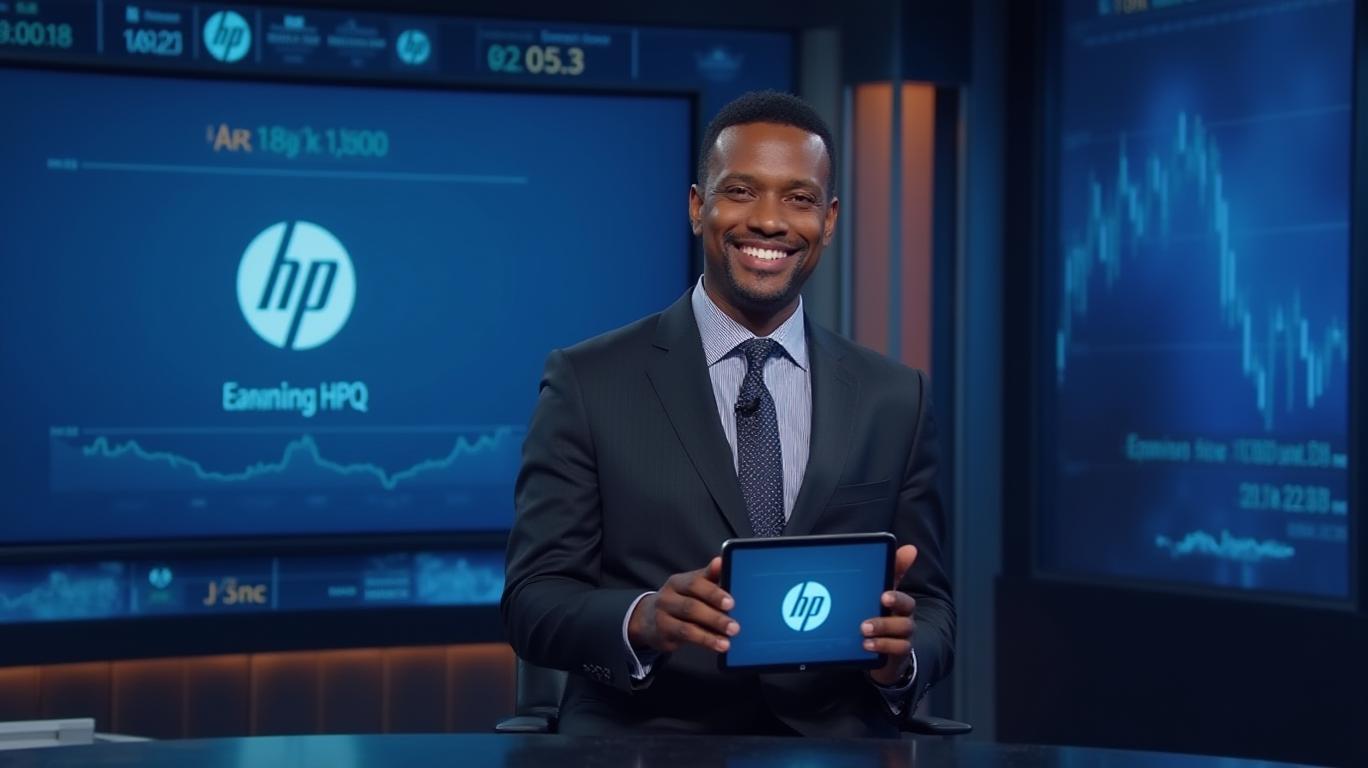HP Inc. (HPQ): An Overlooked Tech Stock Poised for a Comeback
HP Inc. (NYSE: HPQ), the global leader in printing and personal computing solutions, has quietly navigated a challenging tech landscape while maintaining its financial footing. Despite its position as a stalwart in an evolving industry, HPQ remains underappreciated by investors. This article explores why HP could be a compelling buy now, supported by its improving cash flow, cost-cutting initiatives, and a favorable valuation landscape.
A Closer Look at HP’s Financial Resilience
HP’s Q1 FY2025 results highlighted resilience amid macroeconomic headwinds. Revenue rose 2.4% year-over-year to $13.5 billion, with non-GAAP operating margins holding steady at 7.3%. While GAAP EPS dipped to $0.59, free cash flow surged 180% YoY to $100 million, signaling improved liquidity. The company returned $400 million to shareholders through buybacks and dividends, a testament to its financial discipline.

The Future Ready Plan, HP’s restructuring initiative, now targets $1.9 billion in annual cost savings by fiscal 2025, up from prior guidance. This bodes well for margin expansion, especially as the company pivots to higher-margin software and services. However, the negative debt-to-equity ratio (-10.17 as of January 2025) remains a concern, reflecting elevated leverage. Still, HP’s long-term debt of $8.27 billion is manageable given its cash flow trajectory.
Valuation: A Bargain in Tech?
HP’s valuation appears compelling relative to its peers. While the exact P/E ratio isn’t provided in recent reports, the stock’s current price of ~$26 (as of May 2024) contrasts with an average analyst price target of $33.45, implying a 28.9% upside. A Deep Learning model predicts HPQ could reach $47.01 by May 2025, a 75% increase from its 2023 low of $25.22.
The company’s price-to-book ratio of 0.5 (vs. the sector average of 2.3) suggests it’s trading at a significant discount. This undervaluation could narrow as HP capitalizes on its $54 billion addressable market in printing and IT services, particularly with the rise of hybrid work driving demand for reliable hardware and software solutions.
Analyst Sentiment and Risks
Analysts are cautiously optimistic. While the consensus rating is Hold, 27% of analysts rate HPQ a Buy, citing its cost discipline and potential for margin recovery. Notably, Evercore ISI and J.P. Morgan see $32–$34 price targets, while bulls like HSBC have raised their targets to $38. Risks include geopolitical tensions (e.g., U.S.-China trade dynamics), which could disrupt supply chains, and margin pressures from commoditized hardware sales.
HP’s strategy to shift 90% of North American sales away from China by 2025 aims to mitigate geopolitical risks, but execution remains key. Additionally, the negative equity position (-$1.07 billion) underscores the need for sustained profitability to rebuild shareholder value.
Conclusion: A Turnaround Play with Upside
HP Inc. presents a compelling opportunity for investors seeking value in a tech sector dominated by high-growth darlings. Its strong cash flow, aggressive cost-cutting, and undemanding valuation offer a solid foundation for recovery. While risks like high leverage and margin pressures linger, the $47 price target by 2025—driven by improving operational efficiency and a rebound in enterprise demand—supports a bullish stance.
With a 28.9% consensus upside and a stock trading at a fraction of its peers’ valuations, HPQ is a prime candidate for a rebound. Investors should monitor execution on its Future Ready Plan and margin trends, but the data suggests this overlooked tech stock is poised for a comeback.
In a market hungry for stability, HP’s blend of cash flow resilience and strategic agility makes it a hidden gem worth buying now.










